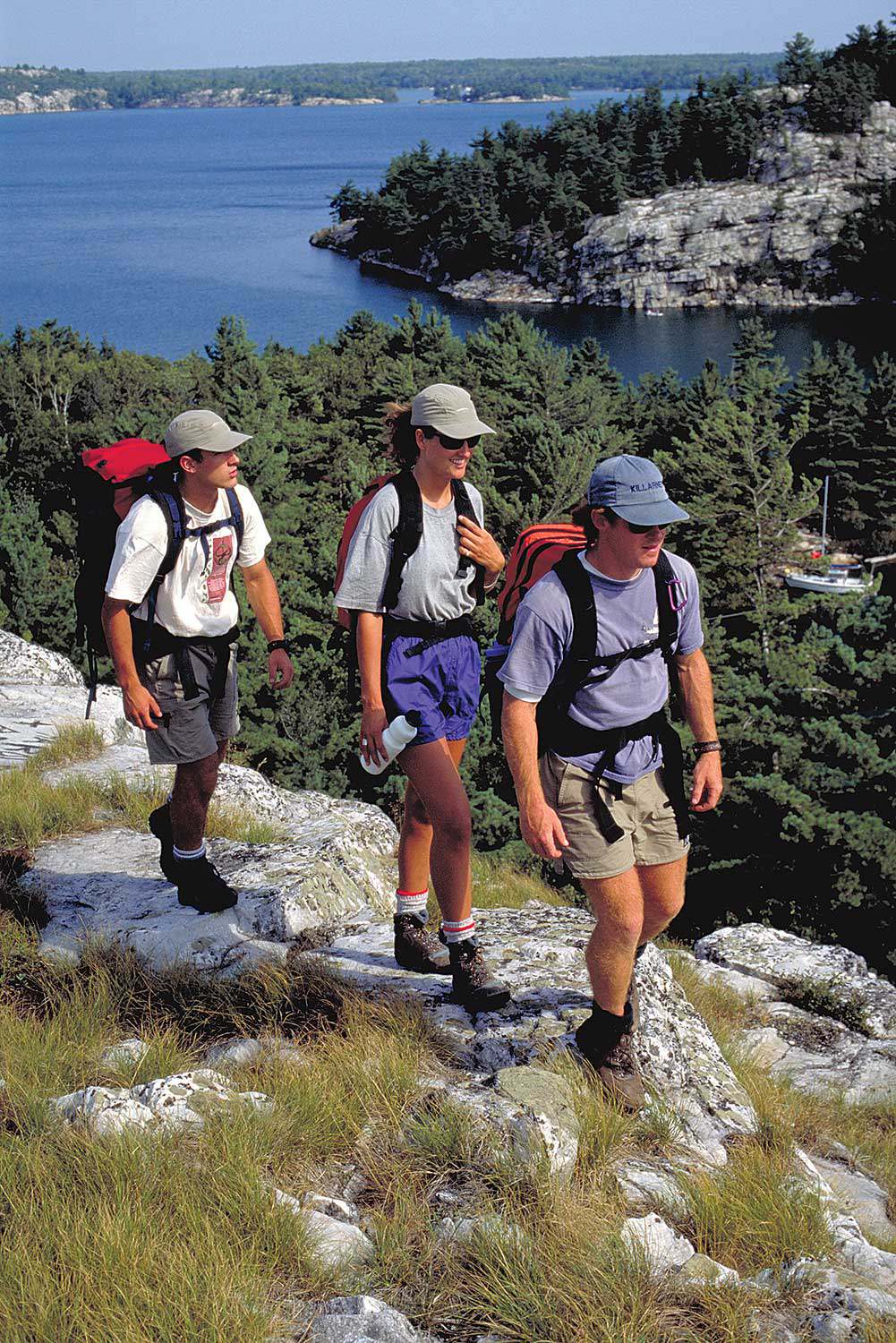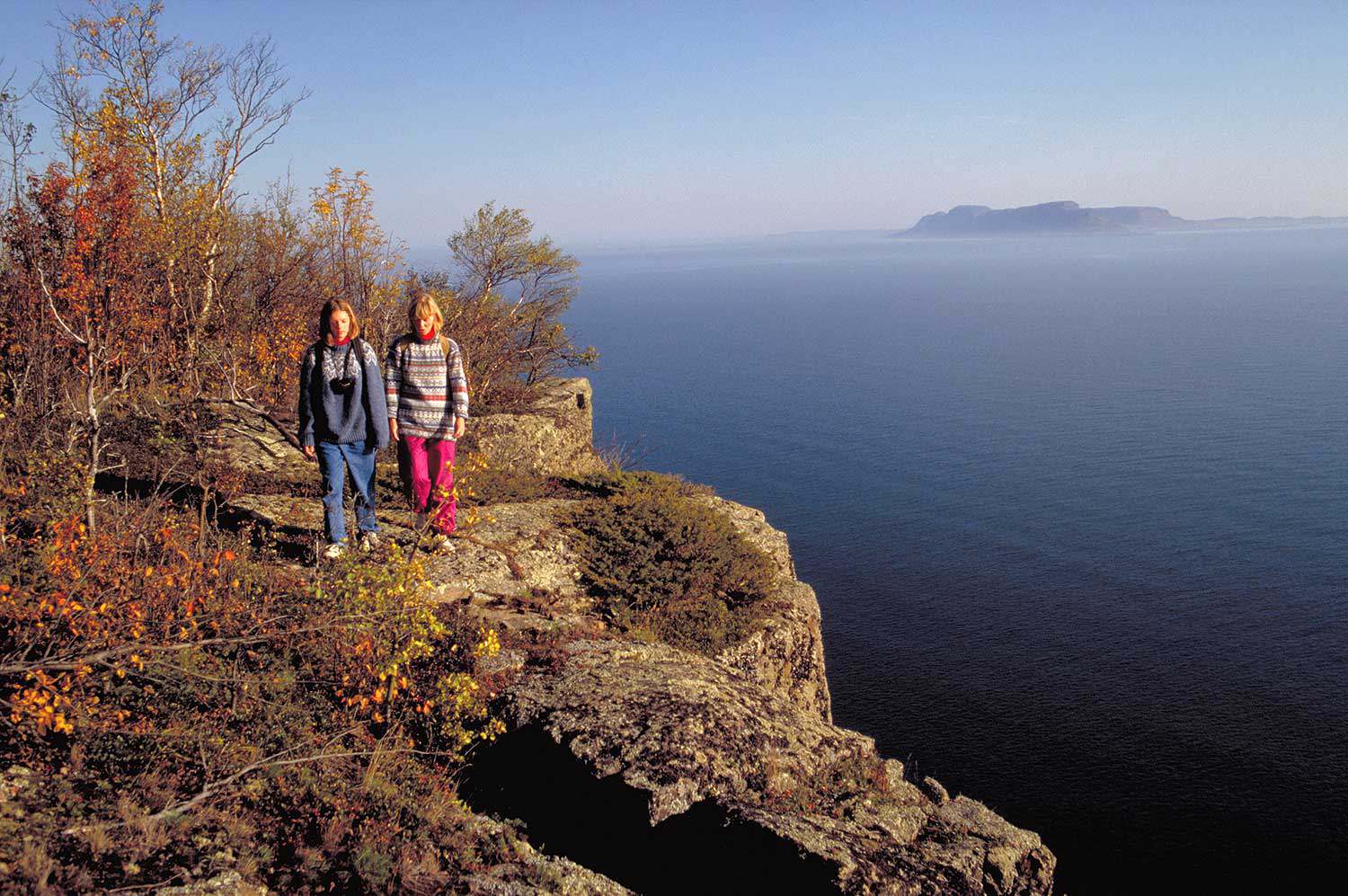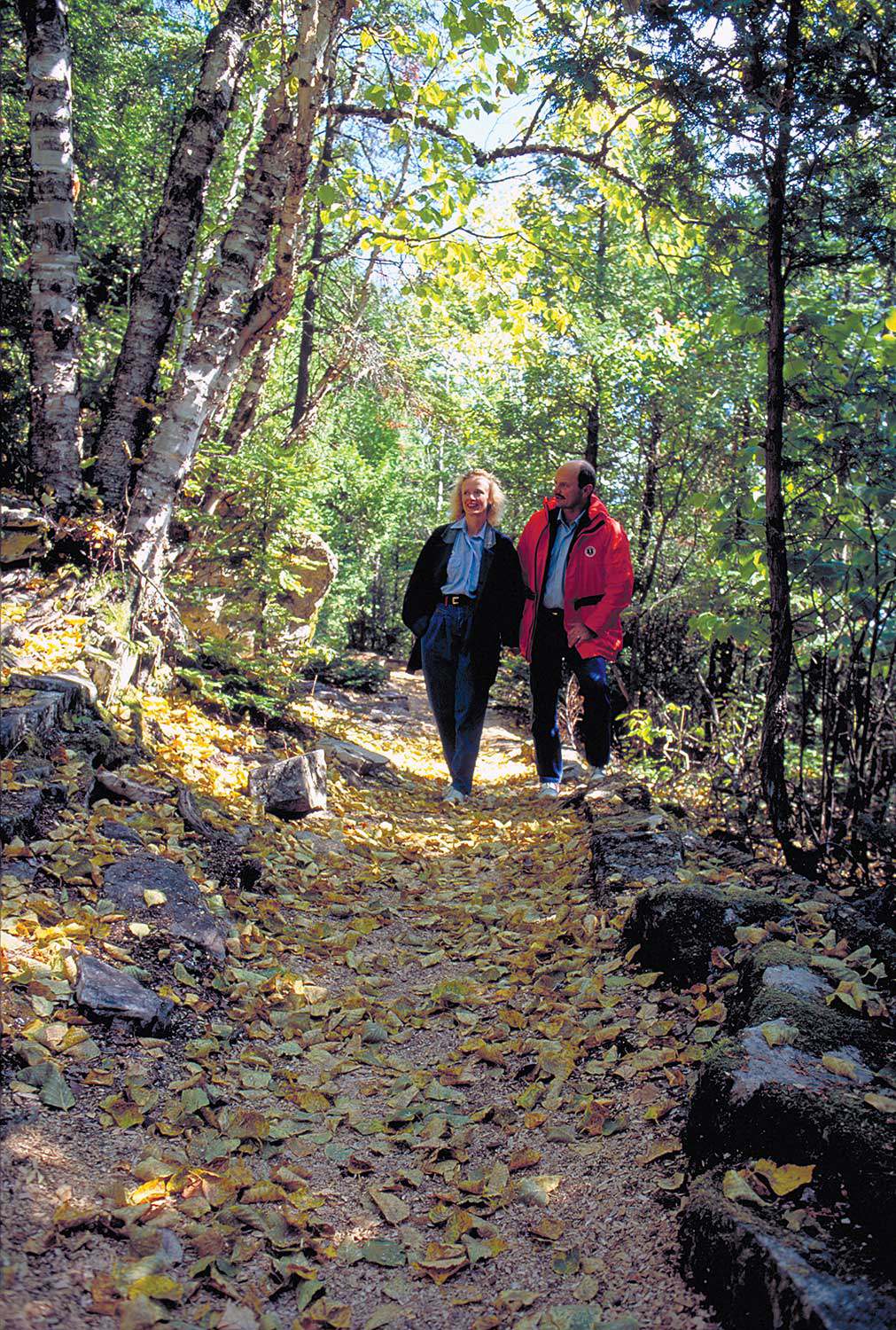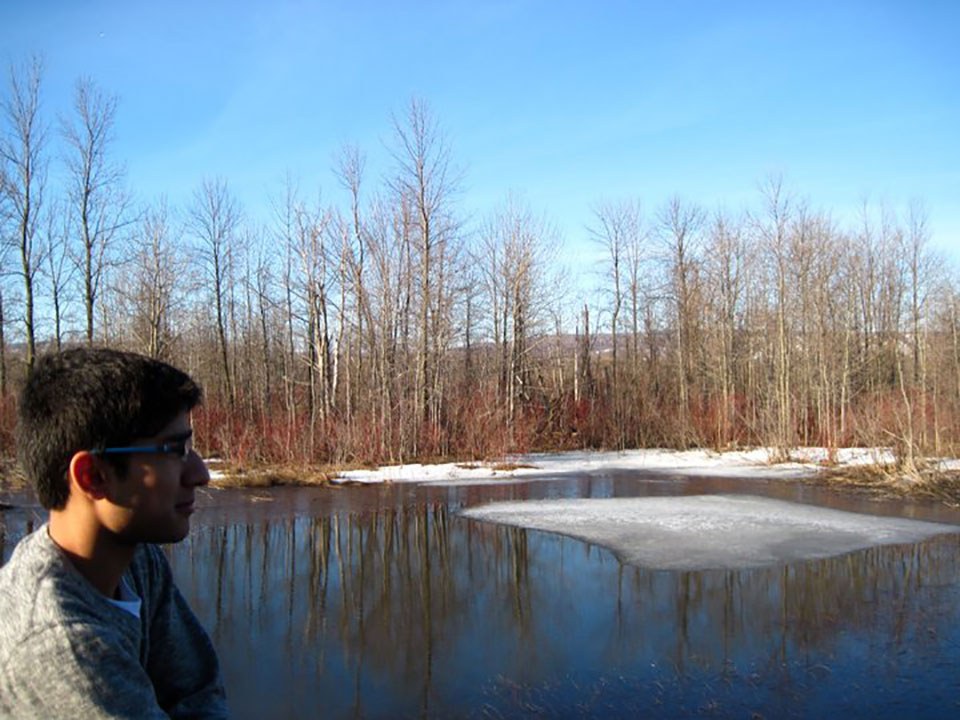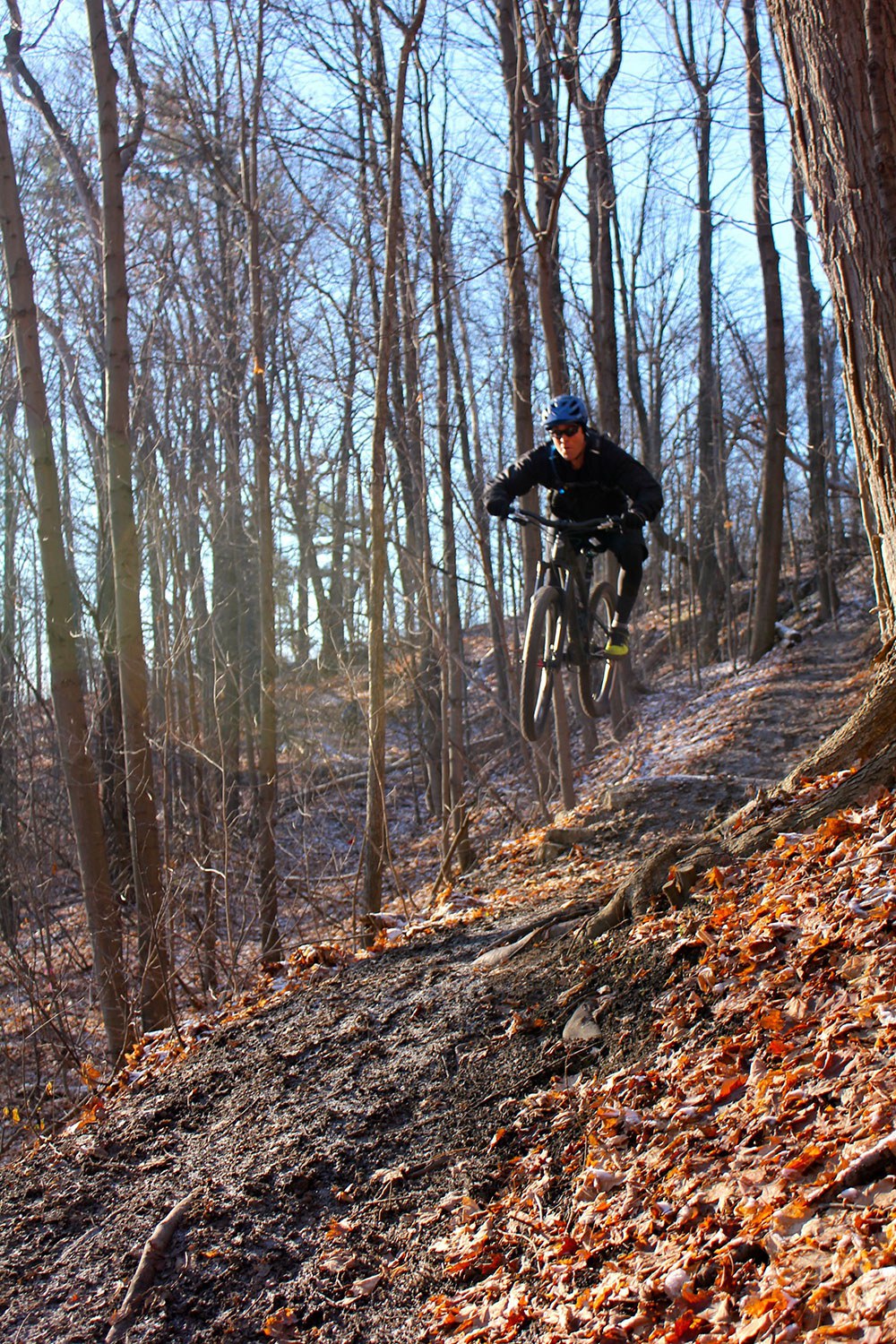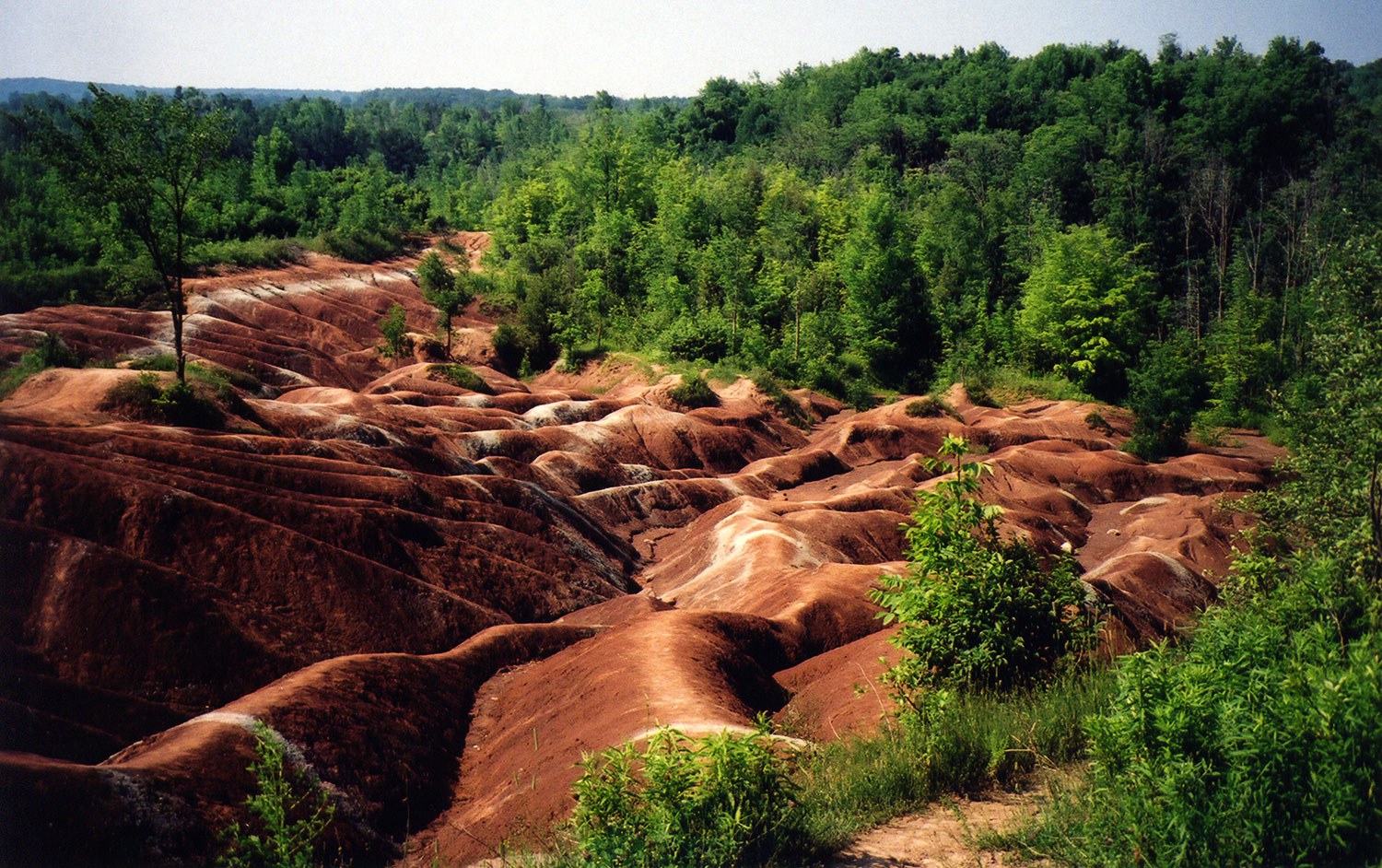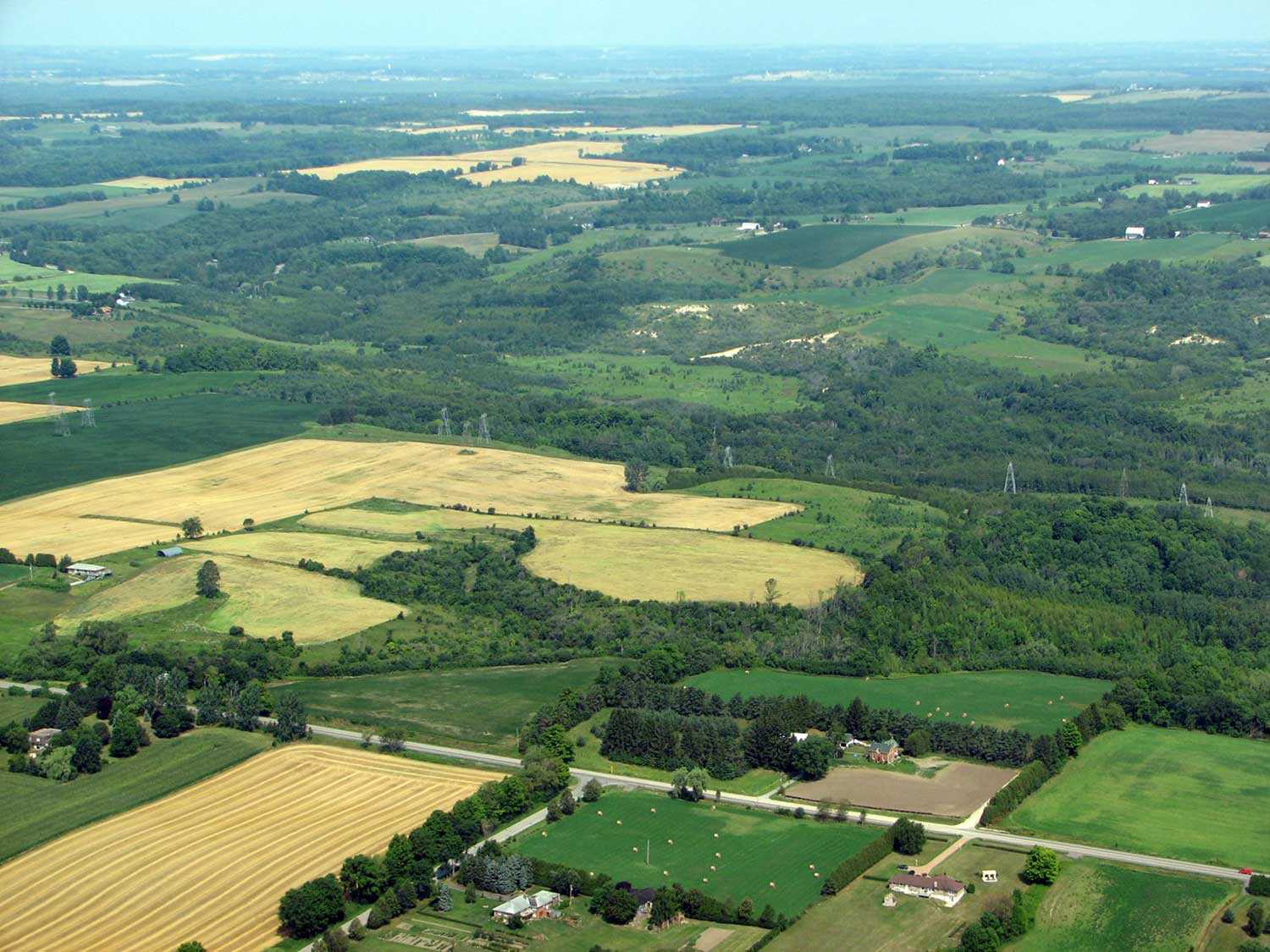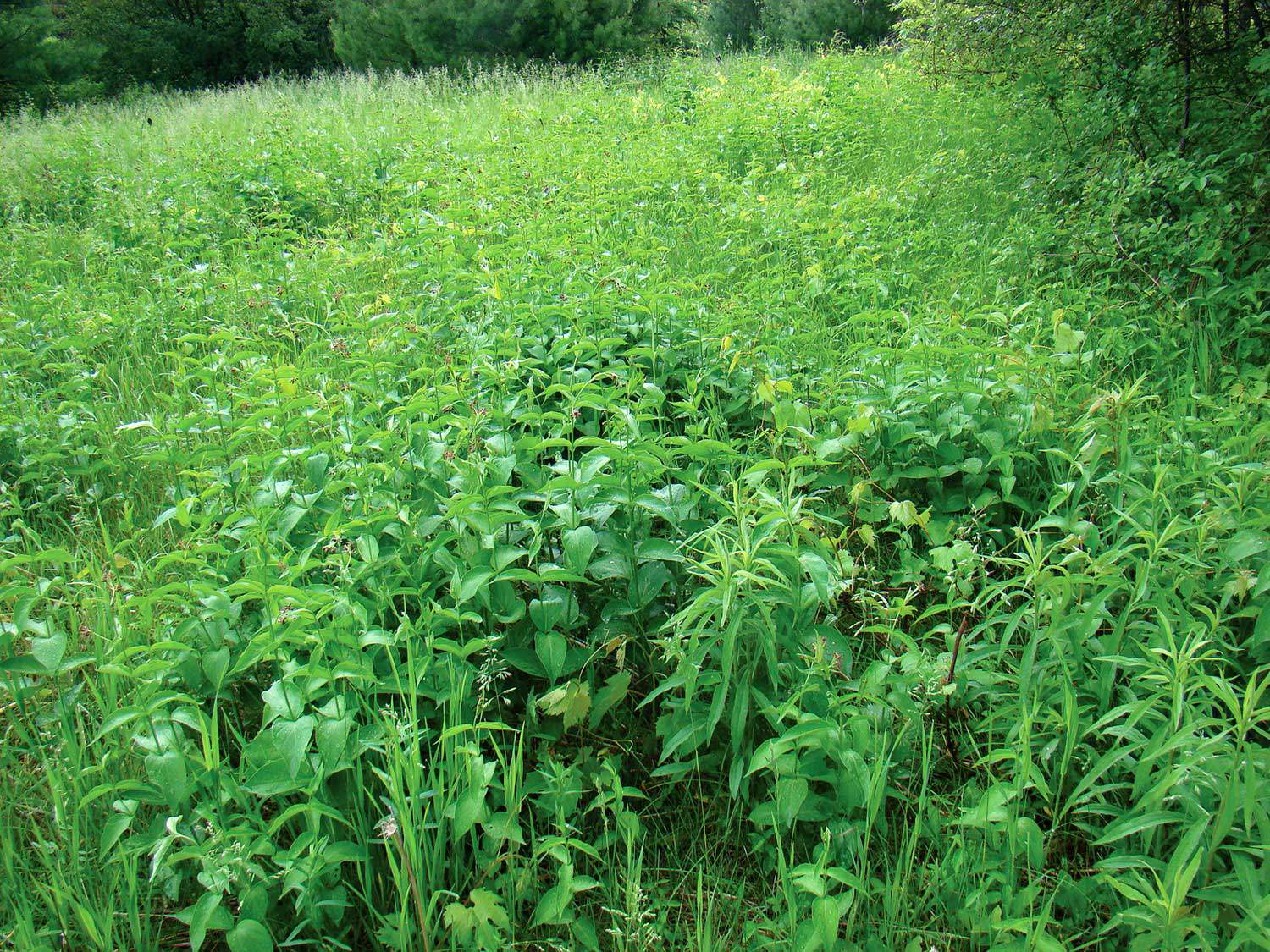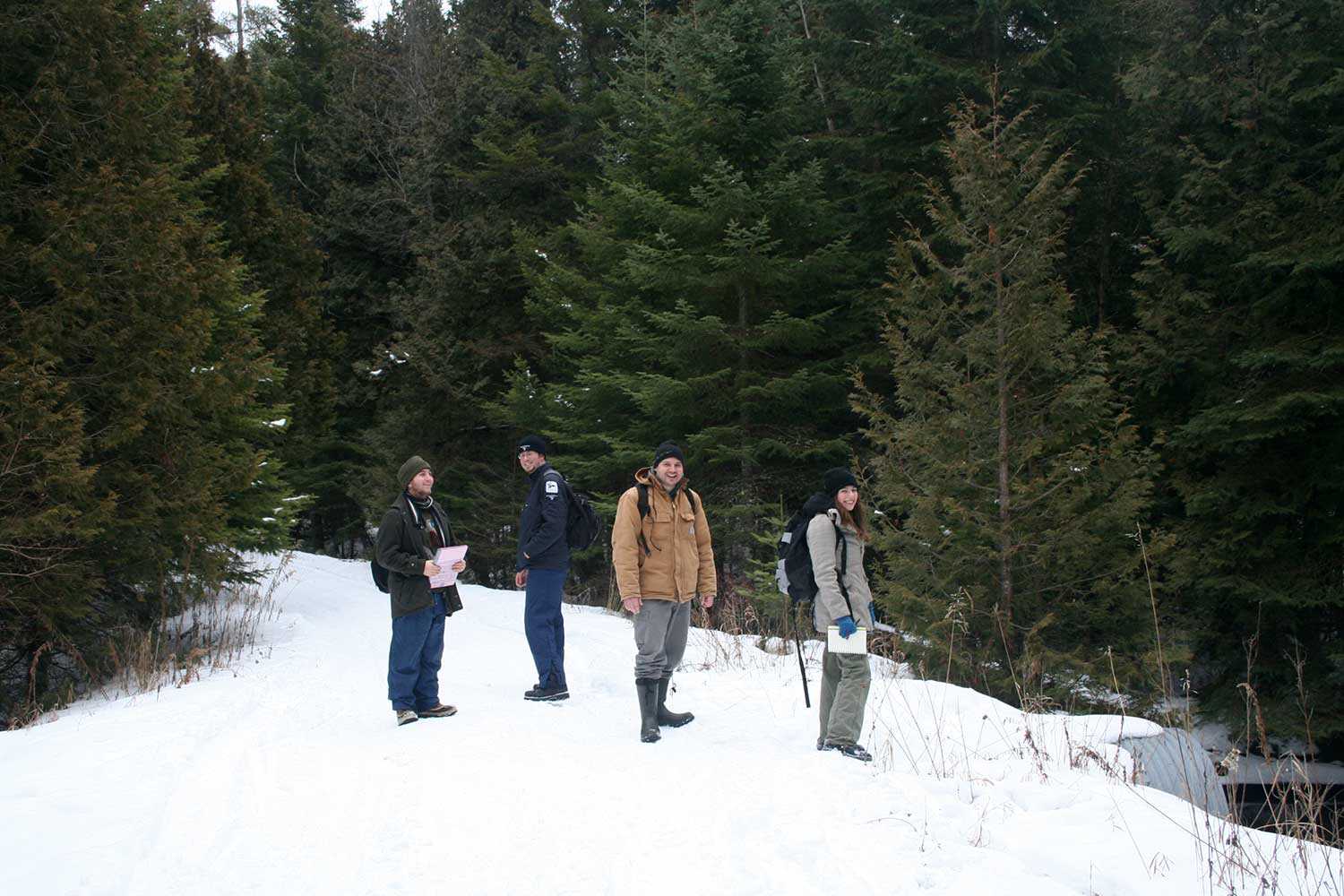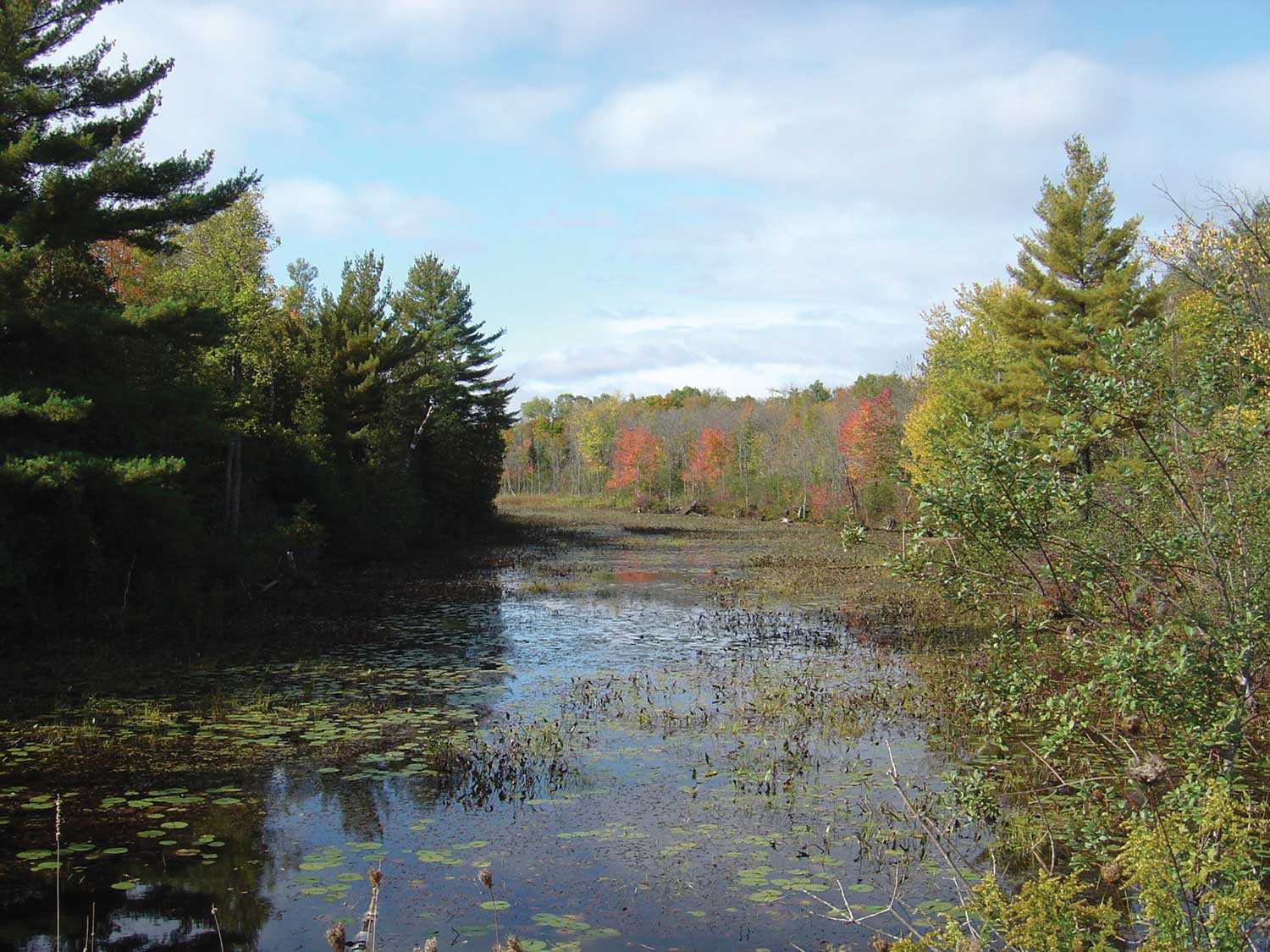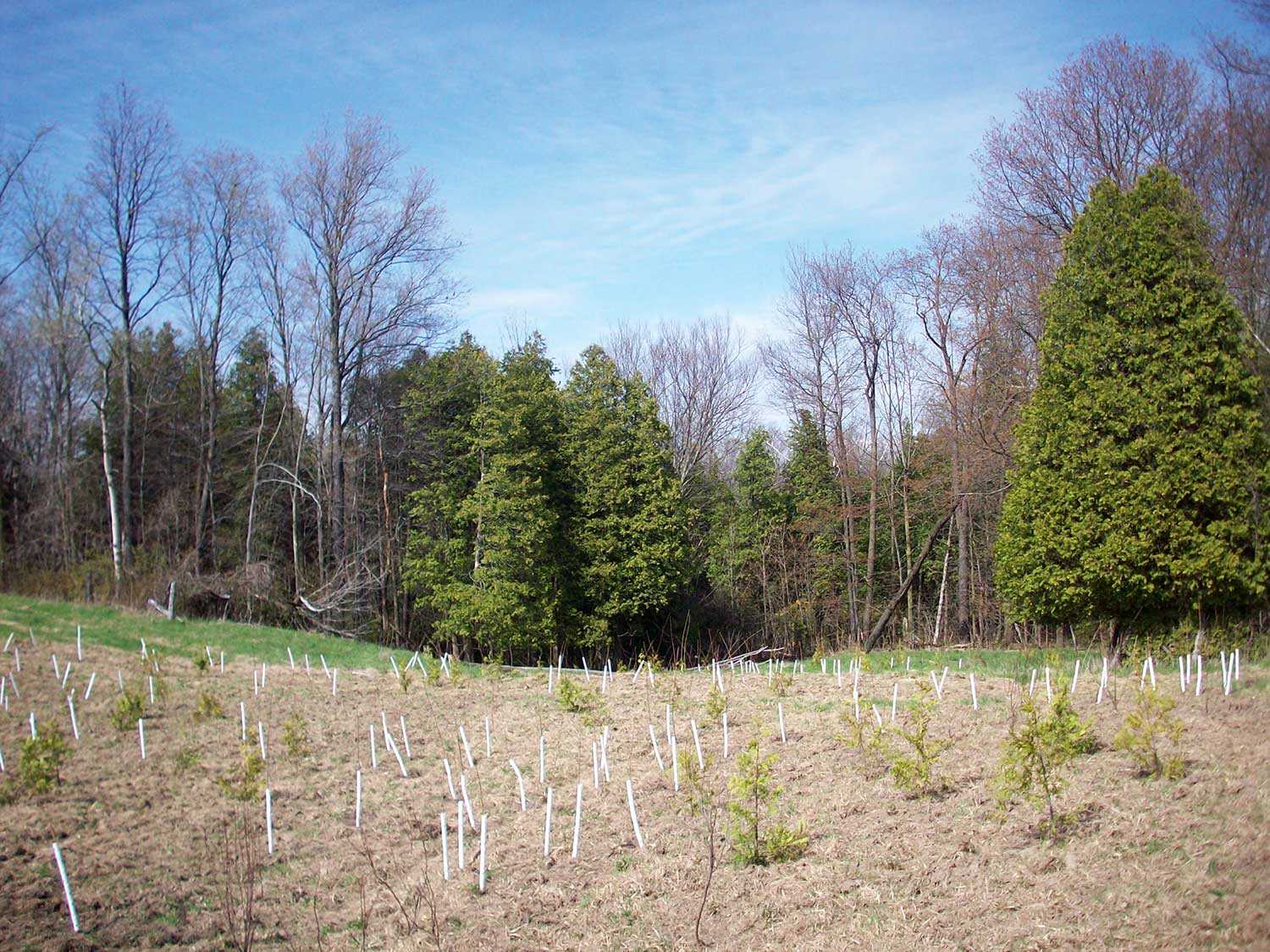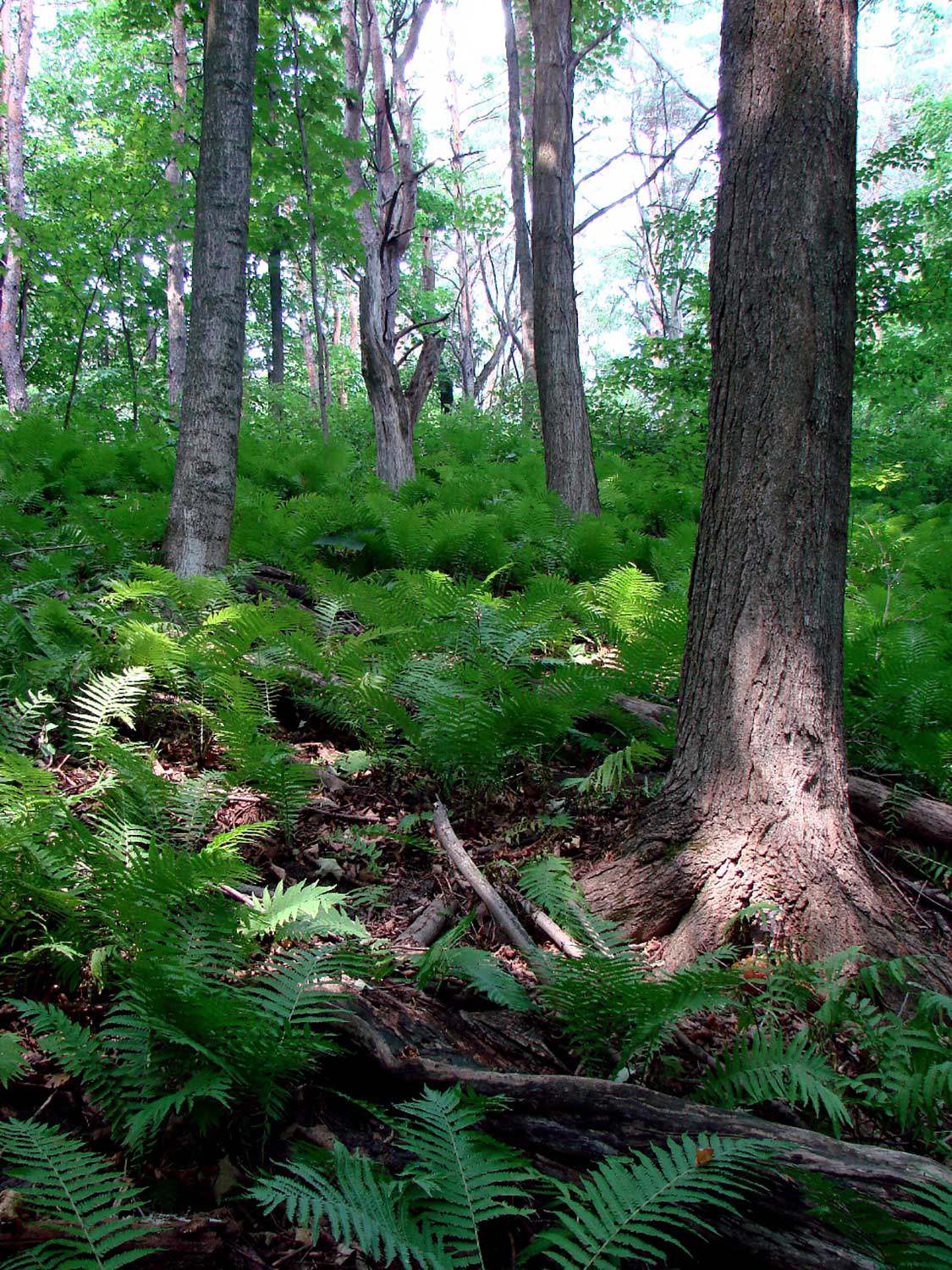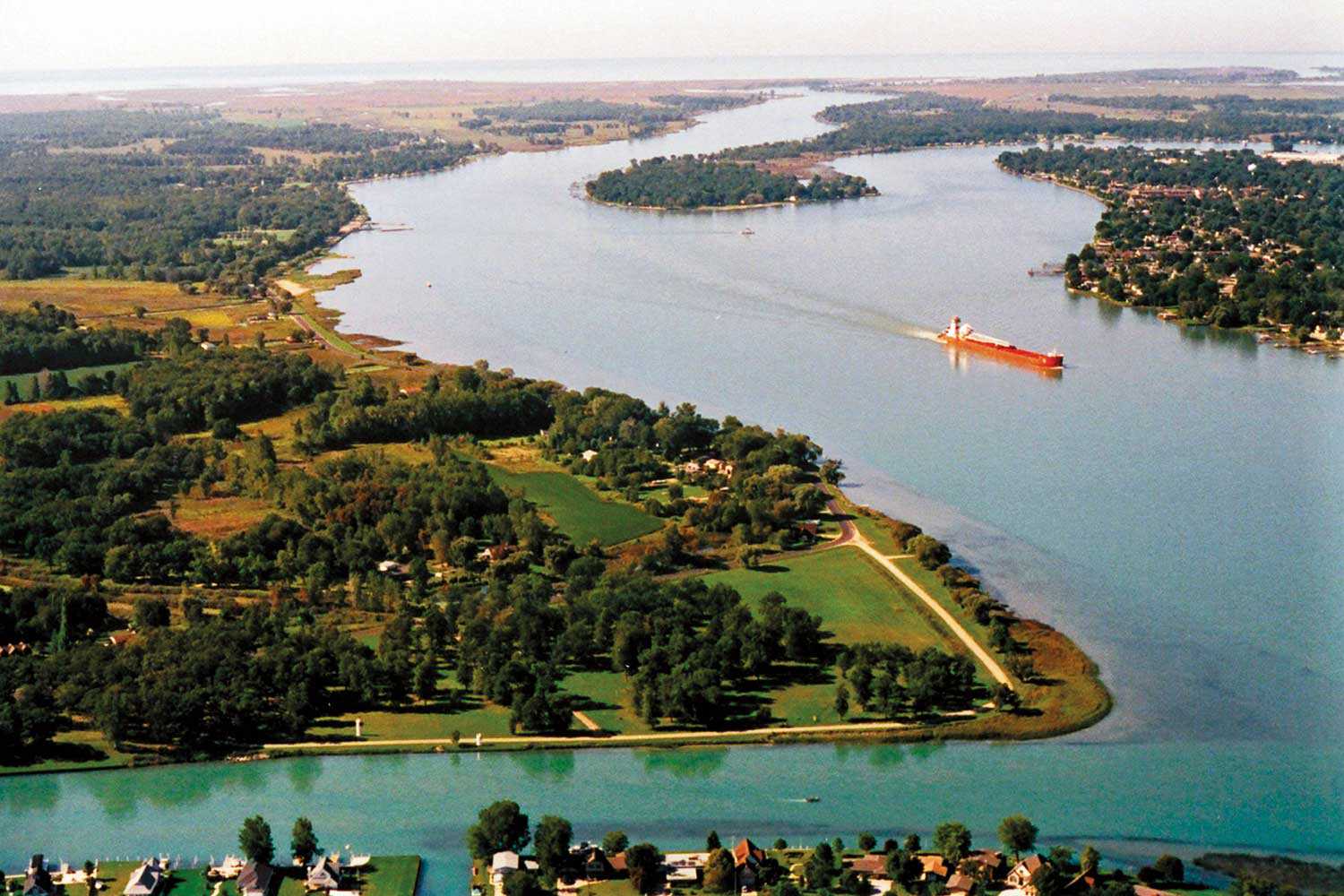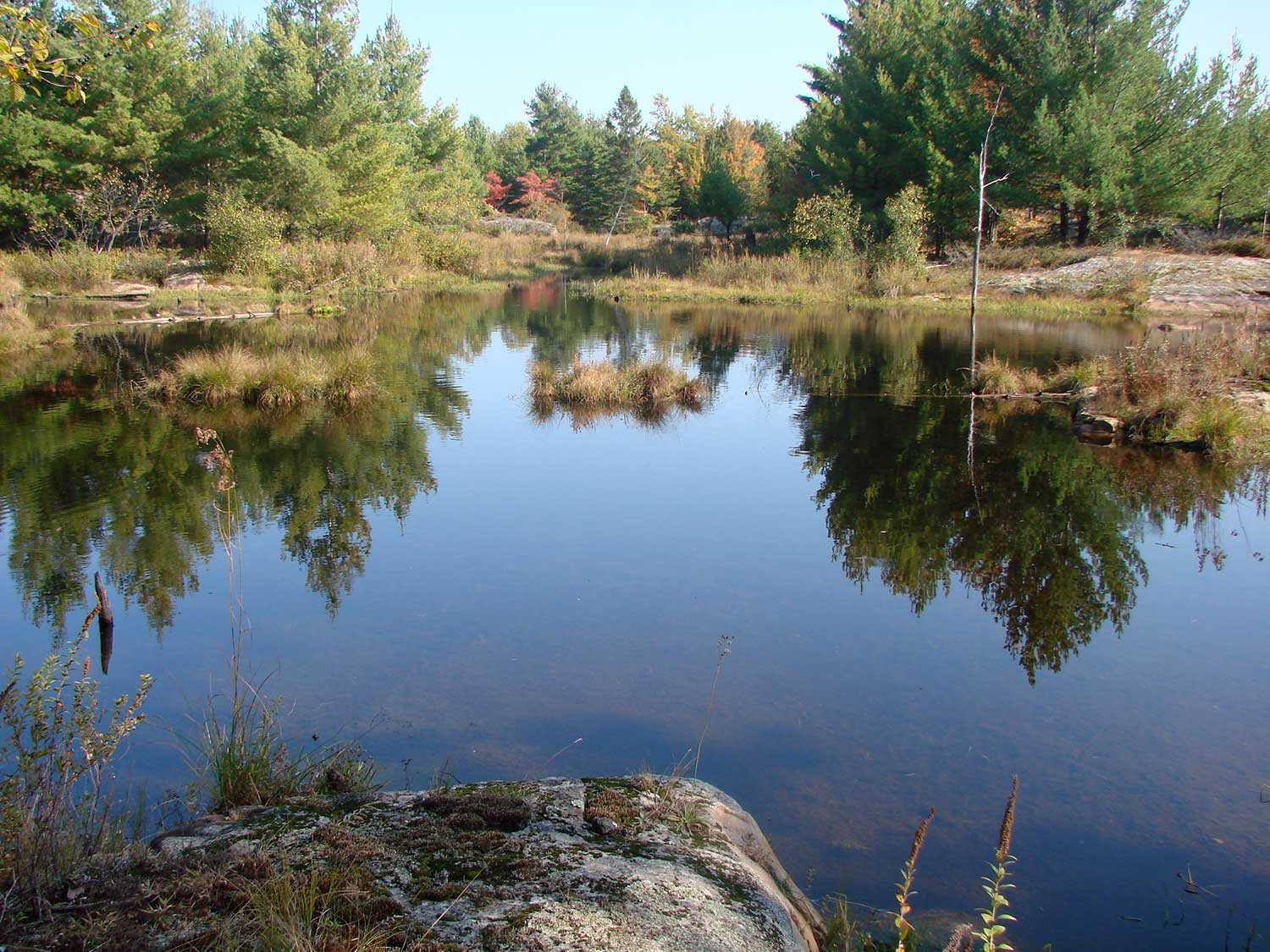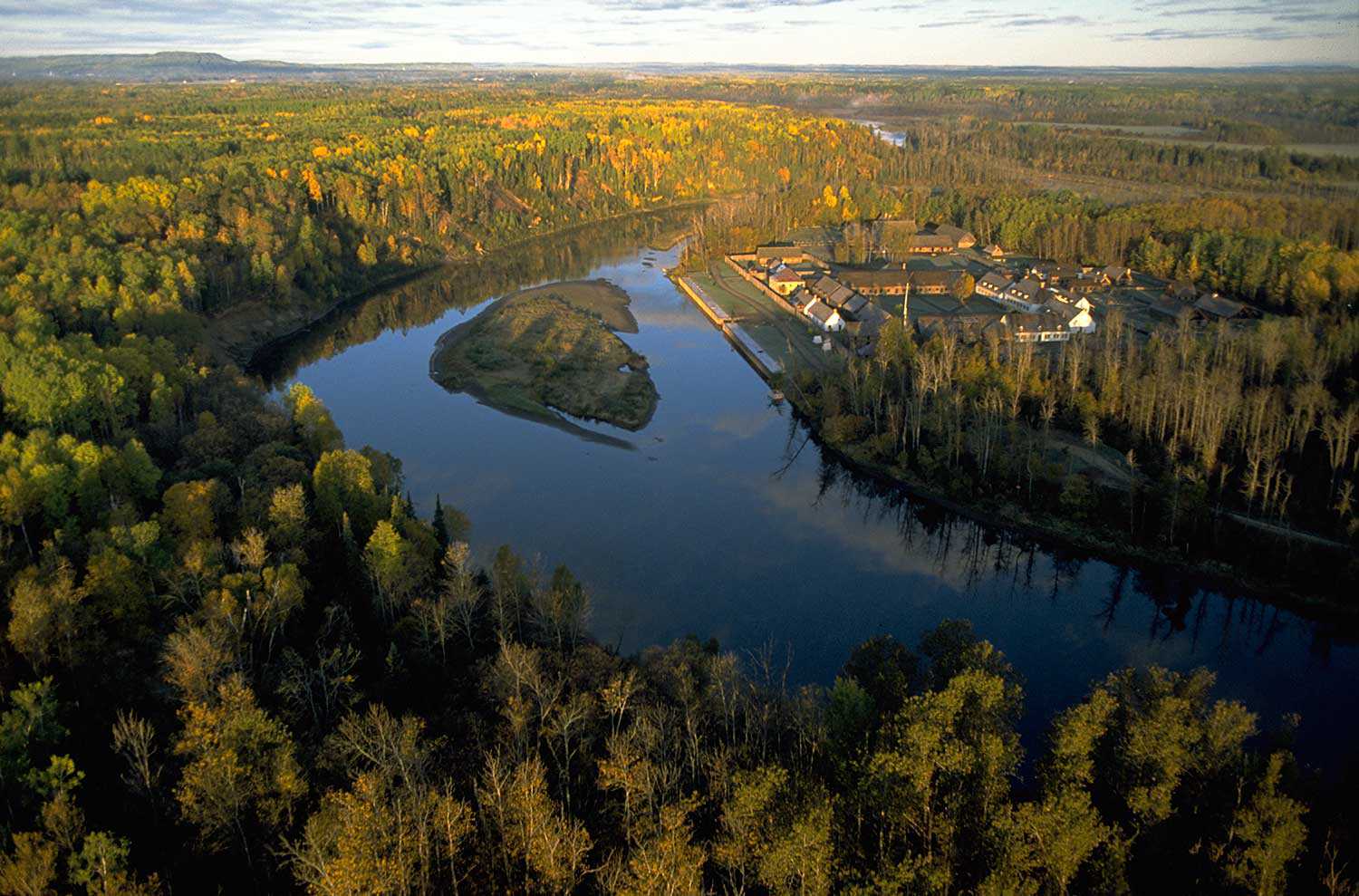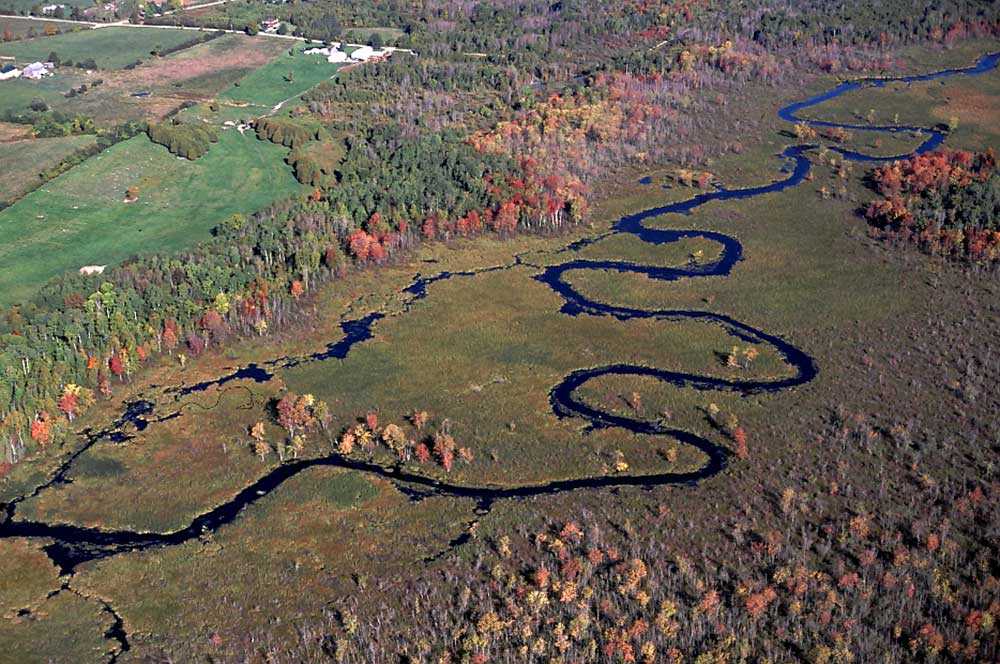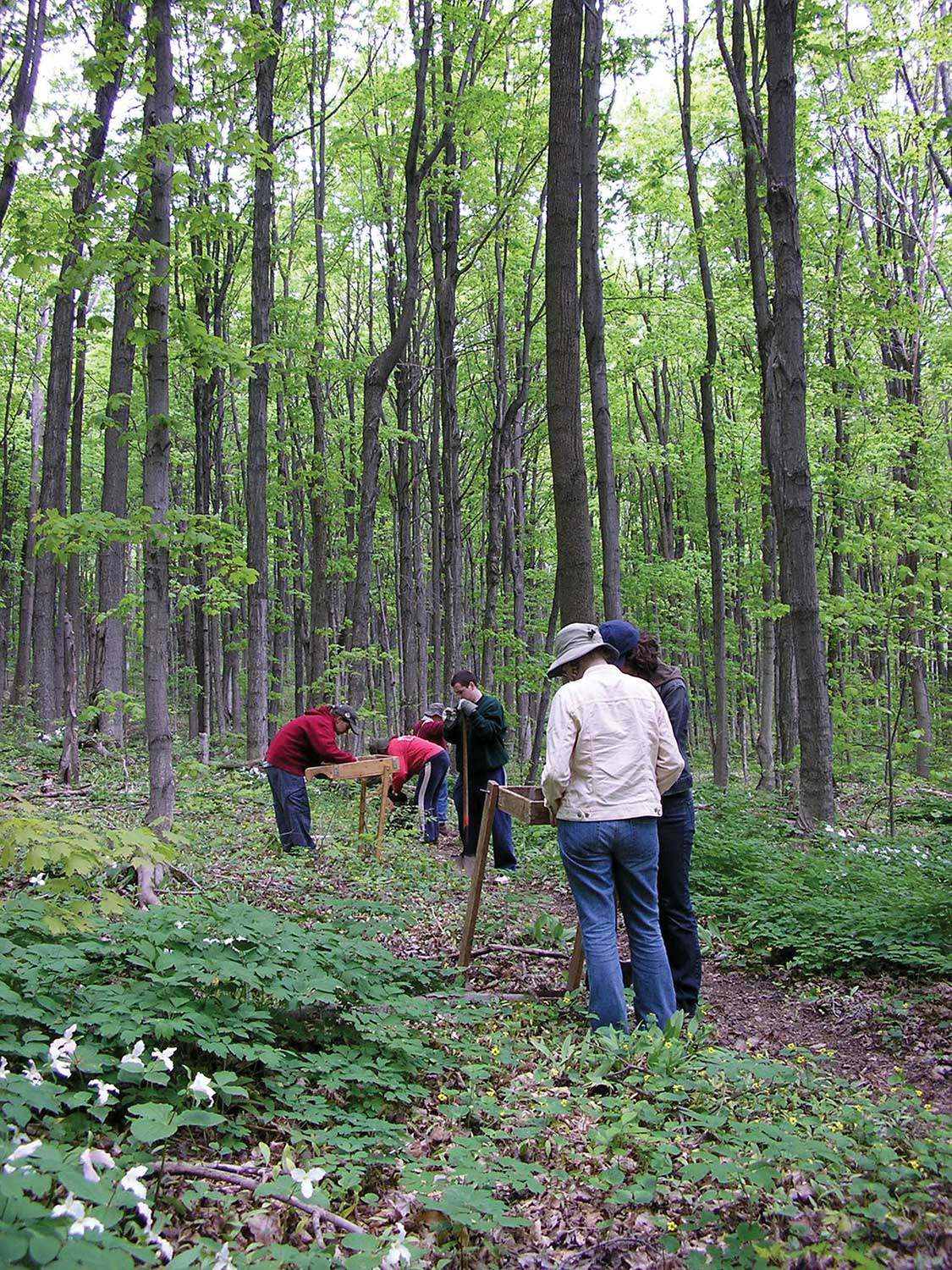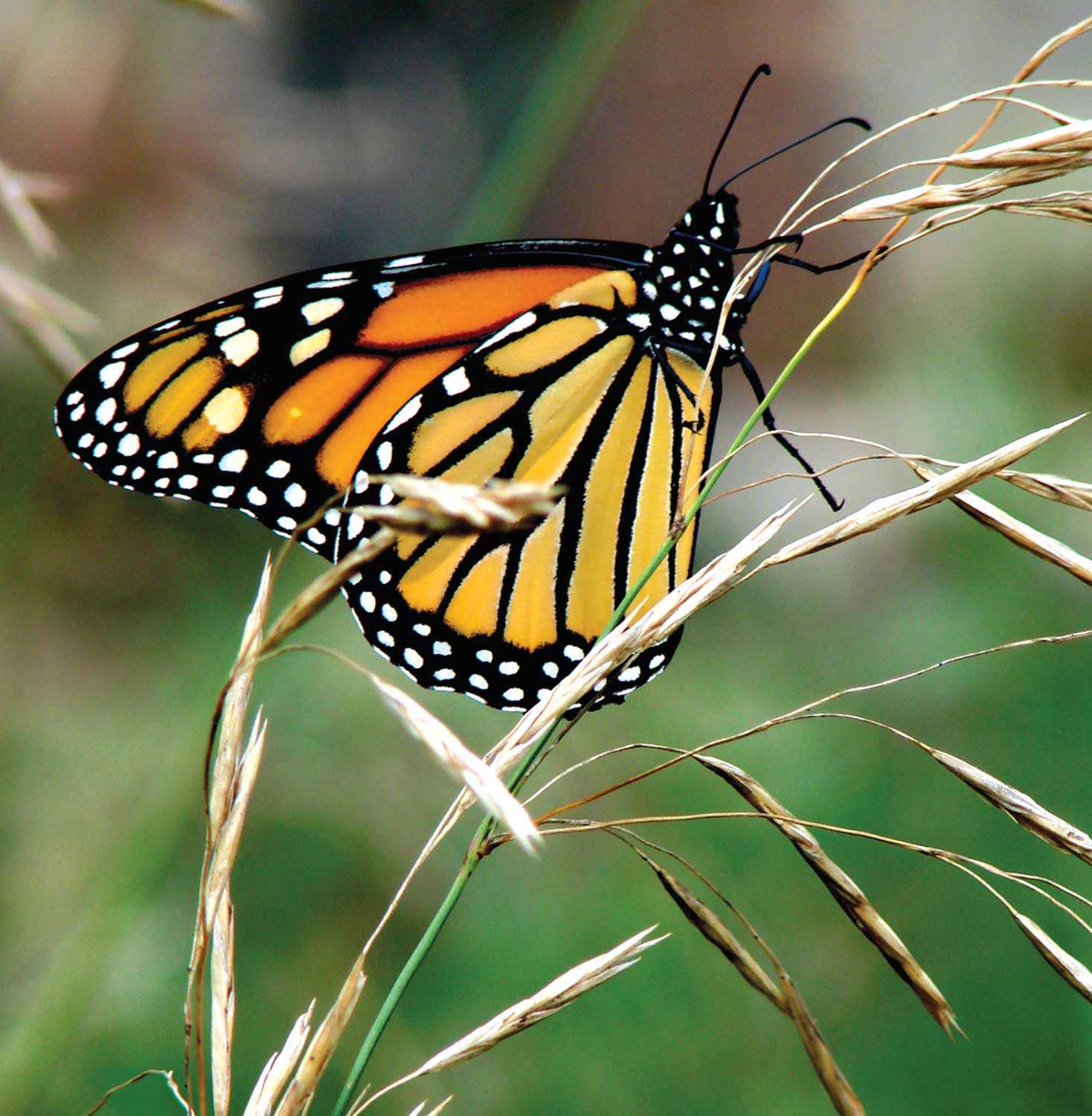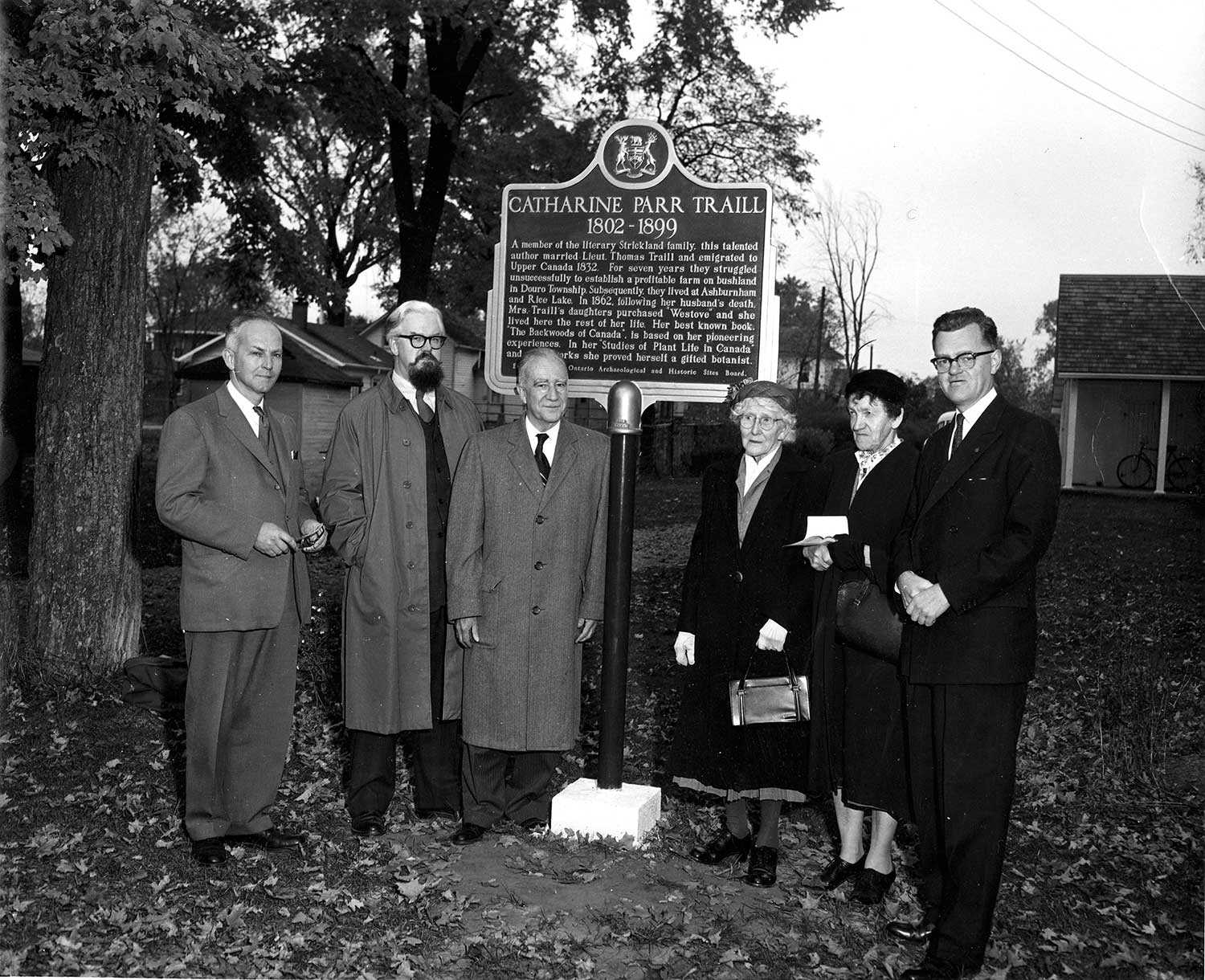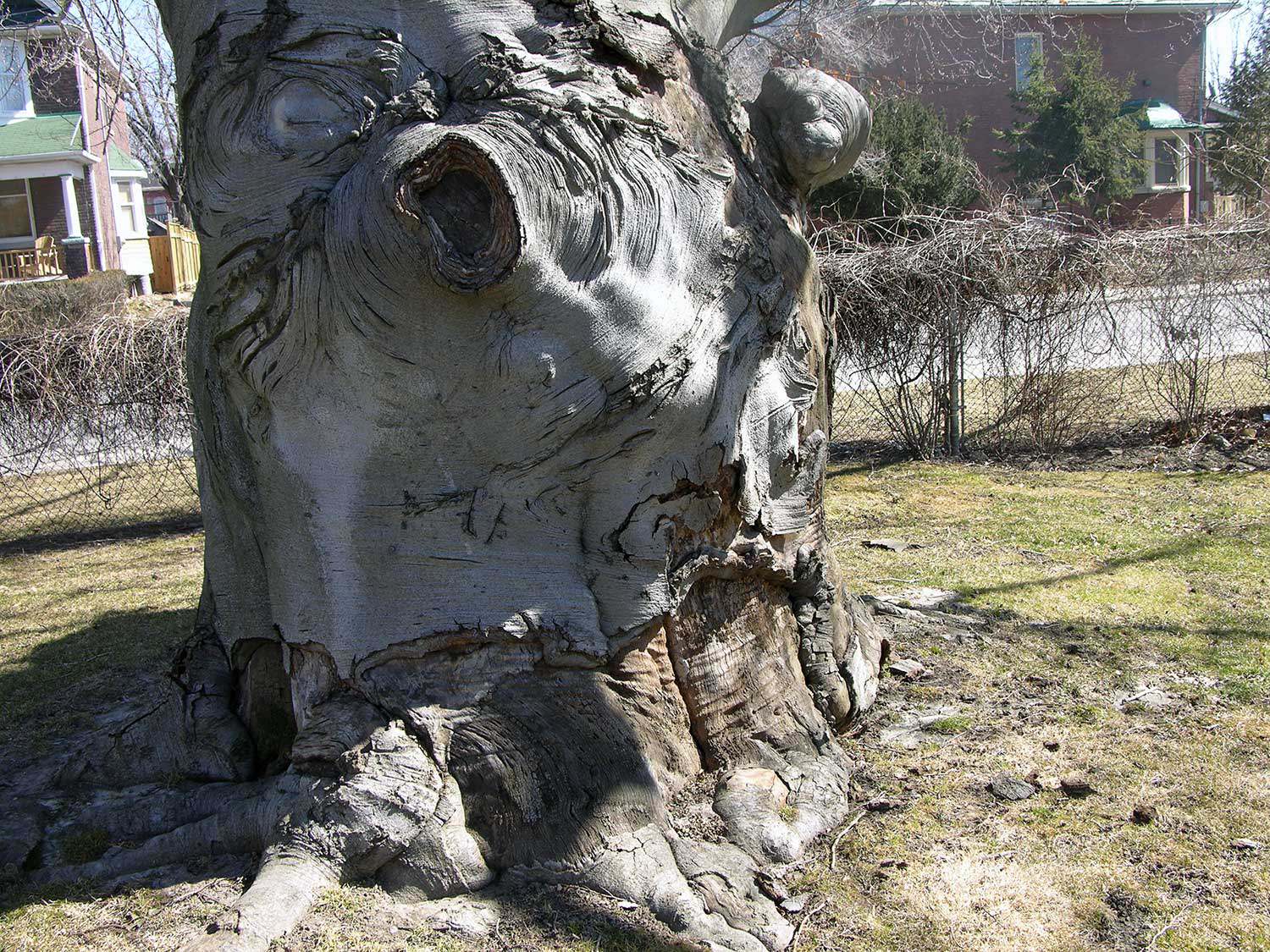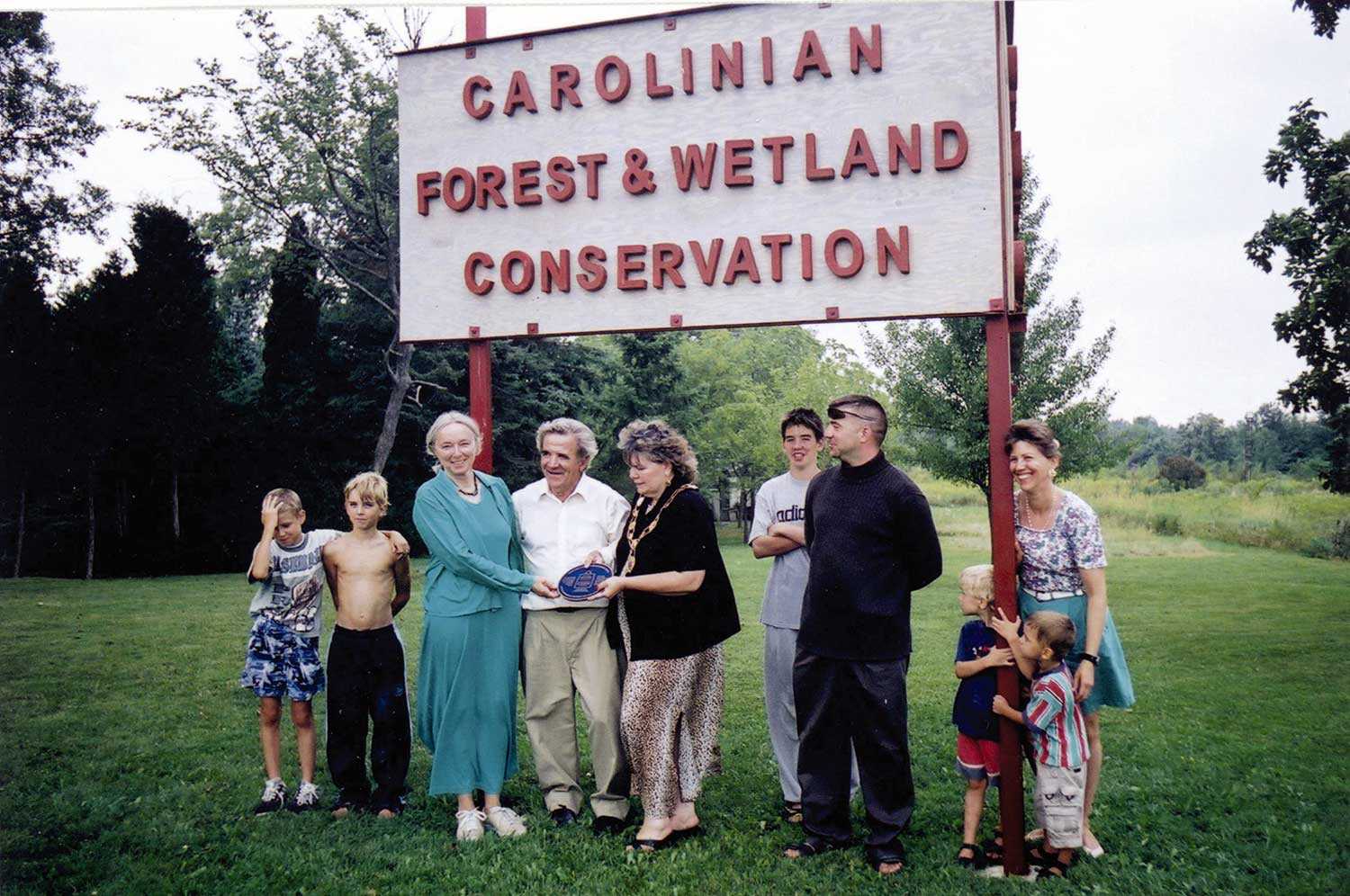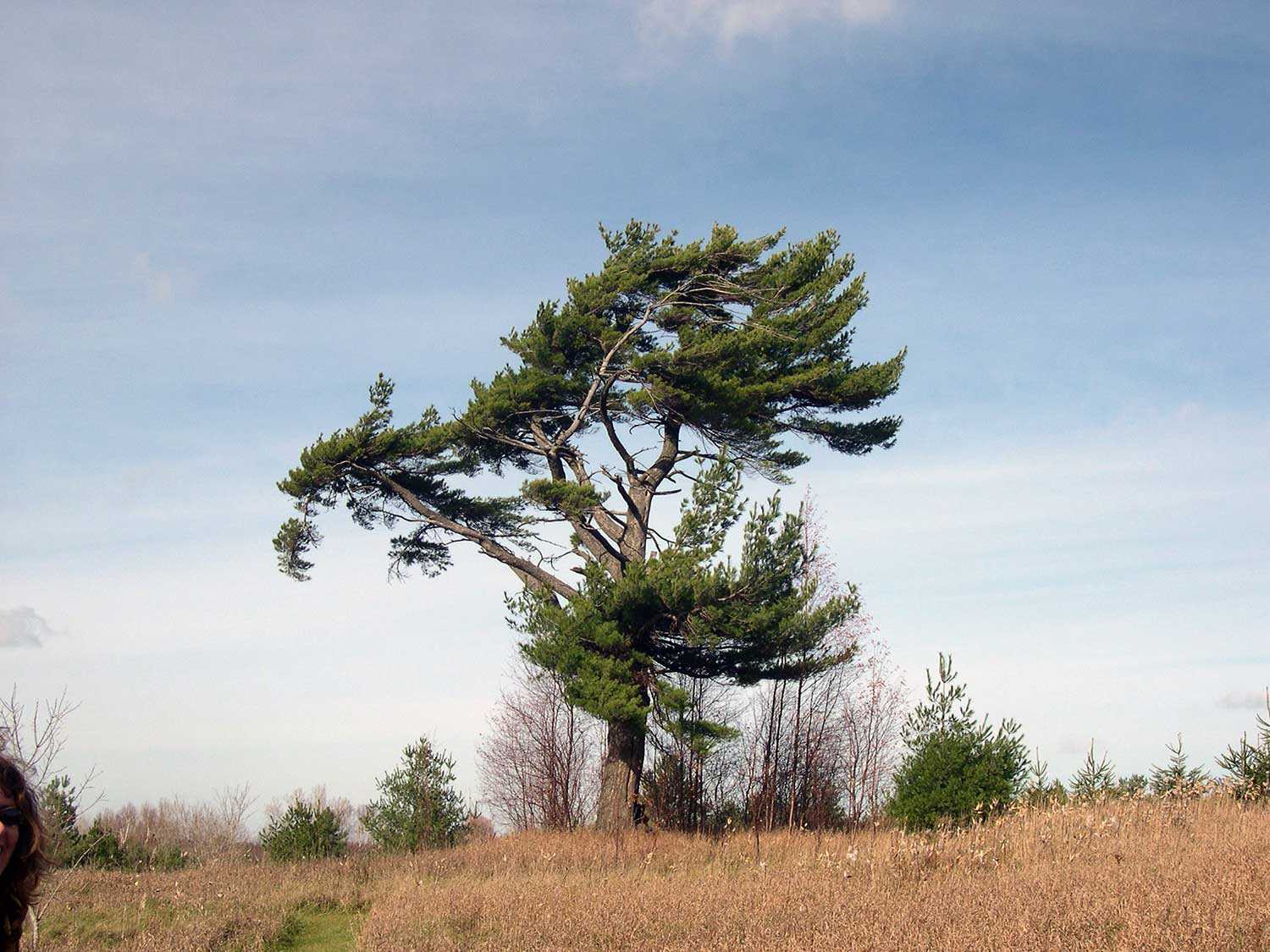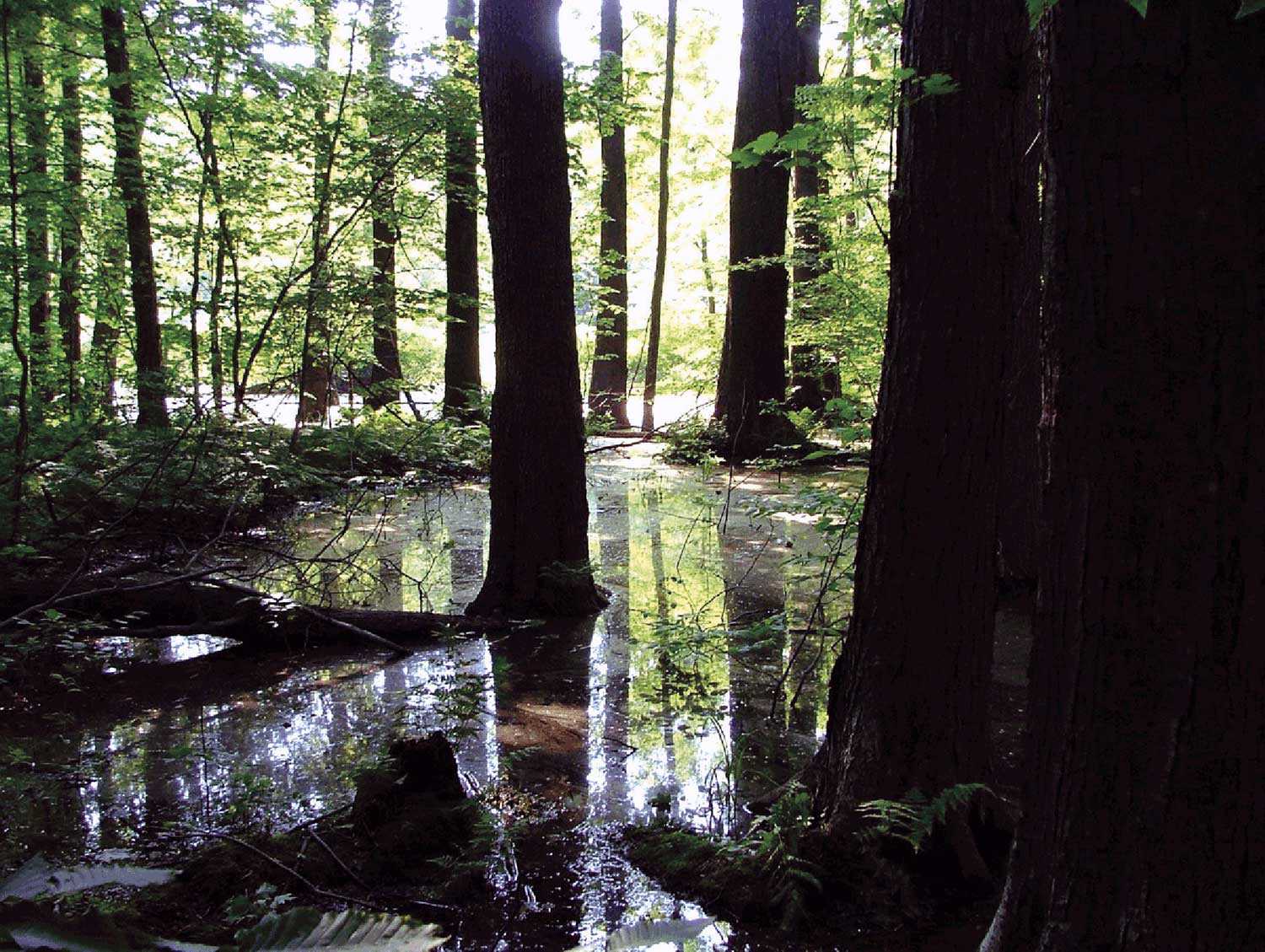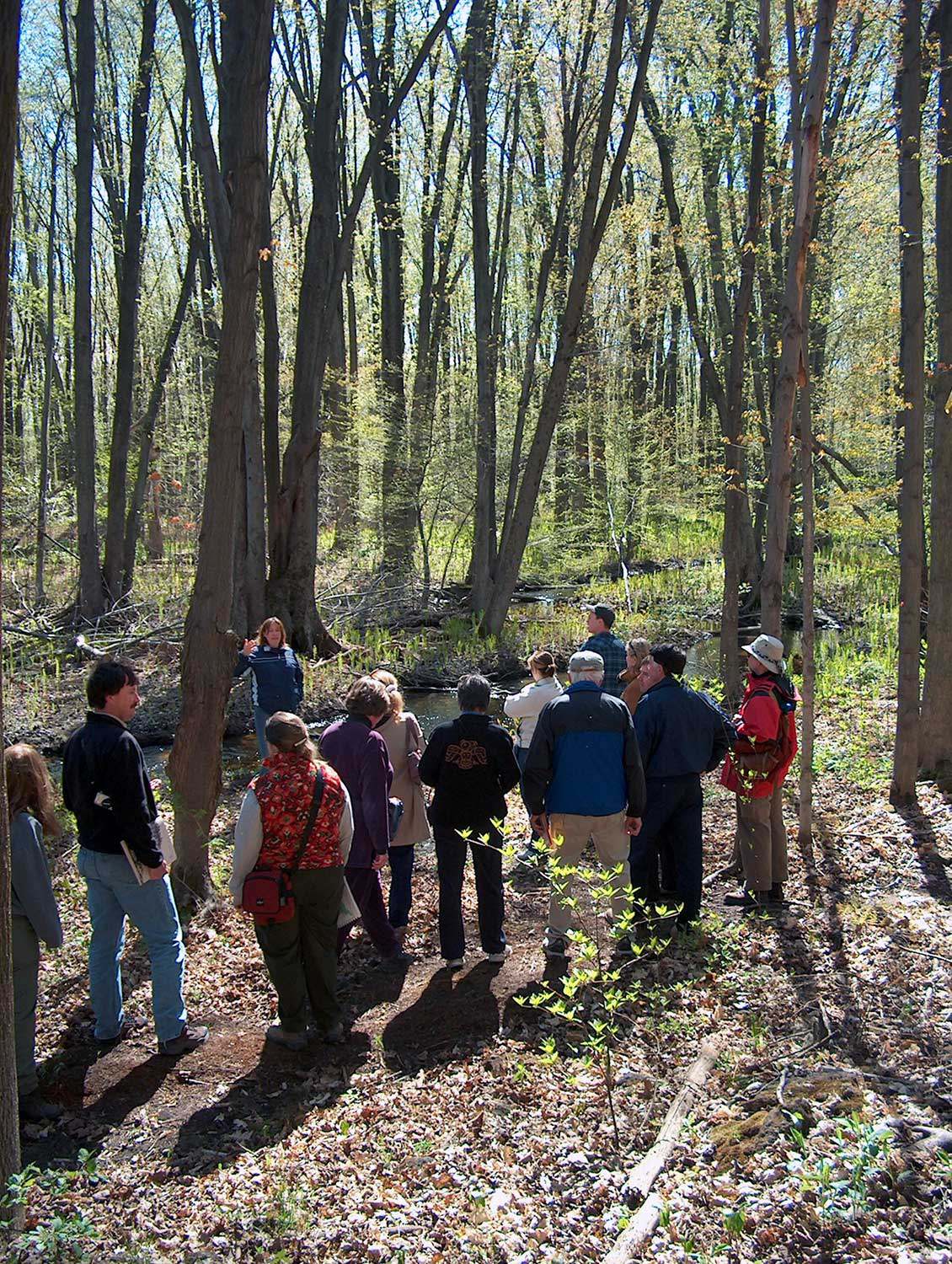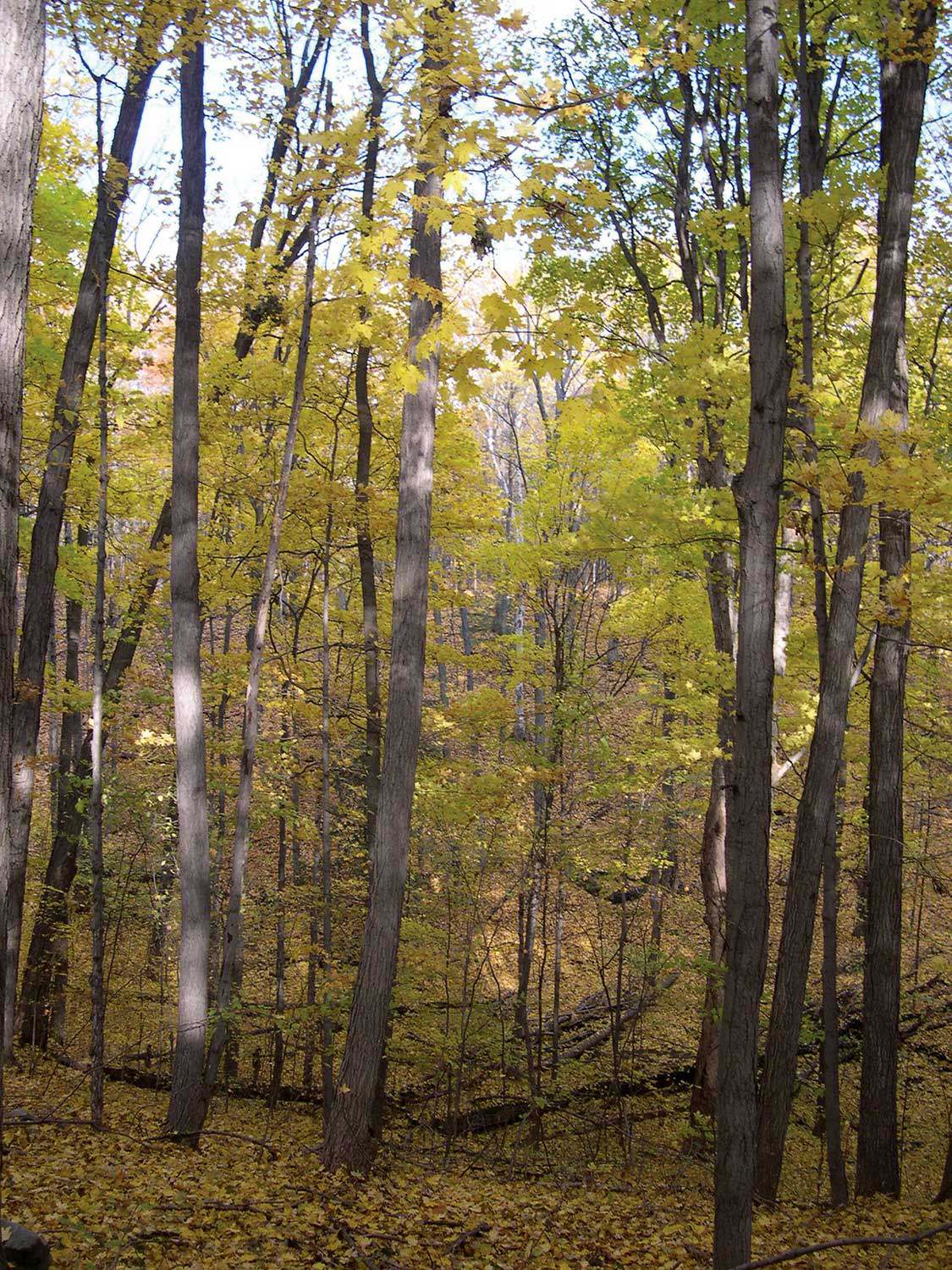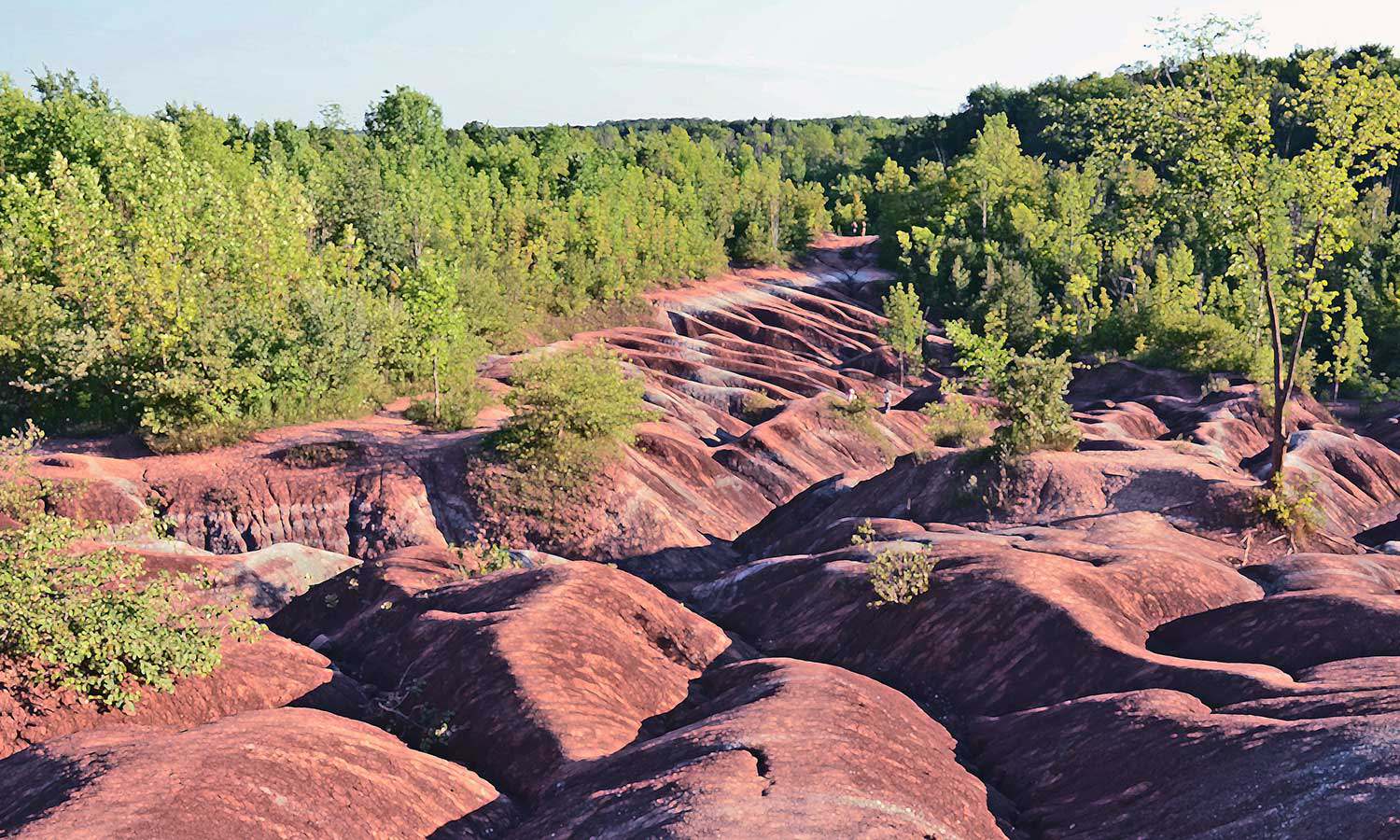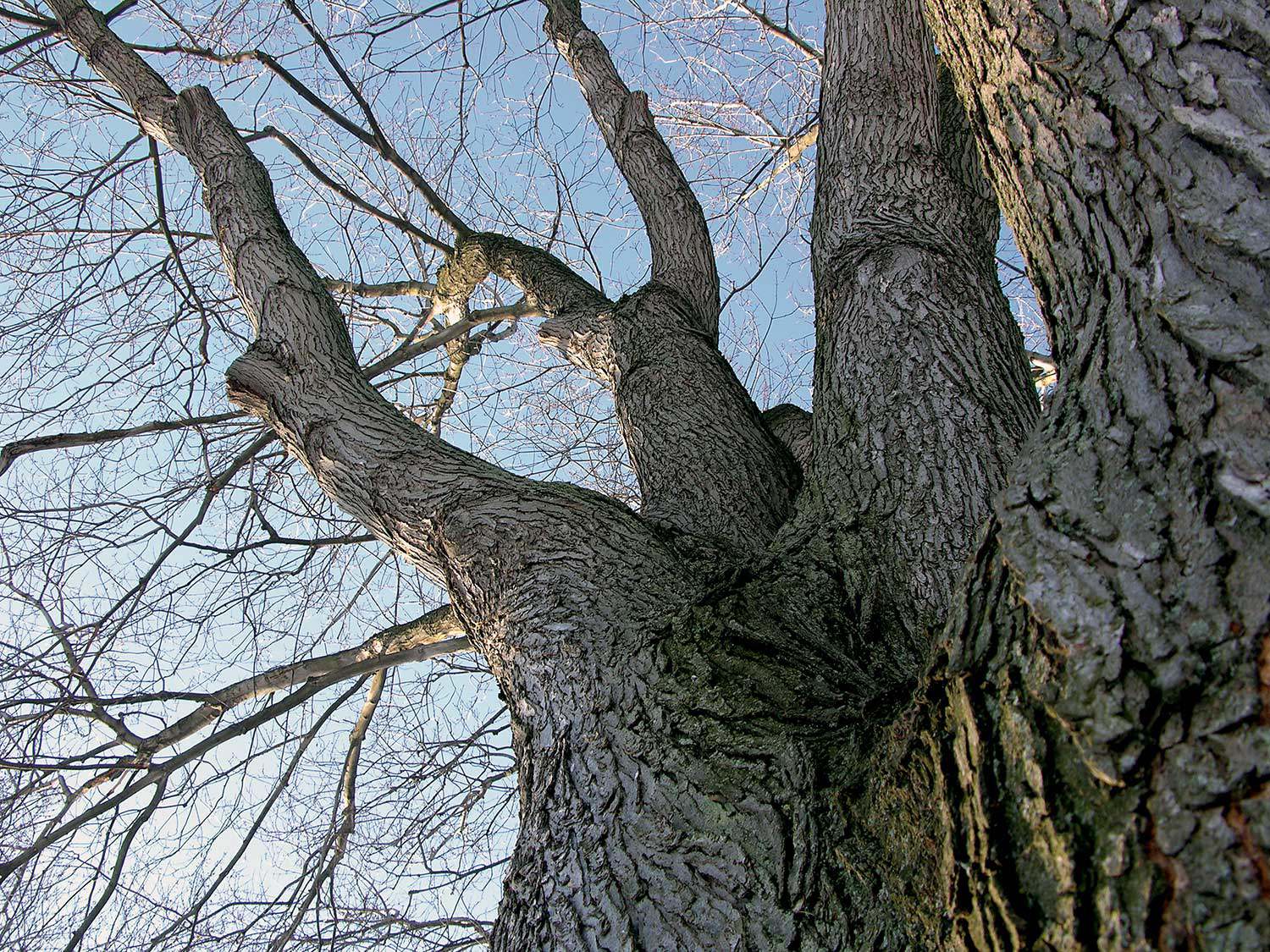

Browse by category
- Adaptive reuse
- Archaeology
- Arts and creativity
- Black heritage
- Buildings and architecture
- Communication
- Community
- Cultural landscapes
- Cultural objects
- Design
- Economics of heritage
- Environment
- Expanding the narrative
- Food
- Francophone heritage
- Indigenous heritage
- Intangible heritage
- Medical heritage
- Military heritage
- MyOntario
- Natural heritage
- Sport heritage
- Tools for conservation
- Women's heritage
Making tracks
Ontario’s 64,000-km network of trails traverses a varied landscape of wilderness, rural and urban areas. These trails range from waterways and portage routes to footpaths with natural surfaces to multi-use tracks with manufactured surfaces - plus many others. Whatever your interests, there is sure to be a trail activity that will appeal to you.
The Ontario government, through the Ministry of Health Promotion, has developed a long-term plan that establishes directions for planning, managing, promoting and using trails in the province. The plan, called the Ontario Trails Strategy, was prepared in part to support ACTIVE2010, the government’s strategy to increase sport participation and levels of physical activity among Ontarians. As well, the plan supports other government strategies, including the Tourism Strategy and the Greenbelt Plan.
The Ontario Trails Strategy was released in October 2005, following extensive and collaborative development involving government ministries and a wide range of trail organizations and community stakeholders. It supports continued co-operation among governments, not-for-profit organizations and private sector groups toward a shared vision for trails.
The Ontario Heritage Trust actively participated throughout the development of the Trails Strategy and is working with numerous organizations to ensure its successful implementation.
A successful trails system plays an important role in the well-being of Ontarians. It contributes to better health, a stronger economy through increased tourism, and stronger communities through the involvement of volunteers and private-property owners. It also contributes to the conservation and appreciation of the environment.
The Ontario Trails Strategy envisions a world-class system of diversified trails – planned and used in an environmentally responsible manner – that enhances the health and prosperity of all Ontarians. This will require that the trails community work together effectively to address the need for a sustainable network of trails in all parts of Ontario to meet the needs of varied users. As well, trail planning and usage will have to support environmental protection and contribute to the responsible use and appreciation of natural and cultural heritage resources. The enhanced quality of life of all Ontarians will be achieved through the availability of trail-based recreational activities promoting a more active lifestyle as well as through a boost to the economic prosperity of communities through increased tourism opportunities.
There are many opportunities for the Trust to share with others our experience in support of trail initiatives and to provide assistance in a number of related areas. For example, the Trust has long supported trails – most notably through our longstanding partnership with the Bruce Trail Association (BTA) in securing a permanent route for the Bruce Trail. The Bruce Trail – Canada’s oldest long-distance hiking trail – extends 725 km along the length of the Niagara Escarpment, from Queenston in Niagara to Tobermory at the northern tip of the Bruce Peninsula. To date, only 49 per cent of the Bruce Trail has been secured.
The Trust has assisted by holding title to over 100 properties (4,055 acres) – nearly 30 per cent of the optimum trail route – as well as through the use of recreational trail/conservation easements on an additional 15 properties. The successful partnership between the Trust and the BTA ensures that lands held by the Trust will be retained as provincial assets, held in perpetuity on behalf of the people of Ontario, while the BTA is able to focus its attention on the expansion and management of the Trail and surrounding lands.
Working in partnership will achieve the objectives of the trail partners while also supporting the directions identified in the Ontario Trails Strategy. These partnerships enable the Trust to work with stakeholder groups to enhance the sustainability of Ontario’s trails, to enhance the trail experience and to educate Ontarians about trails. The implementation of the Ontario Trails Strategy in 2006 will see new initiatives on trail mapping, off-road vehicle use, trail-related legislation and a dedicated website on trails and other projects that were identified as priorities during the development of the Strategy.
With the commitment of the province and a diverse group of stakeholders with an interest in trails, we can all look forward to increased opportunities to enjoy our favorite trail activities.

